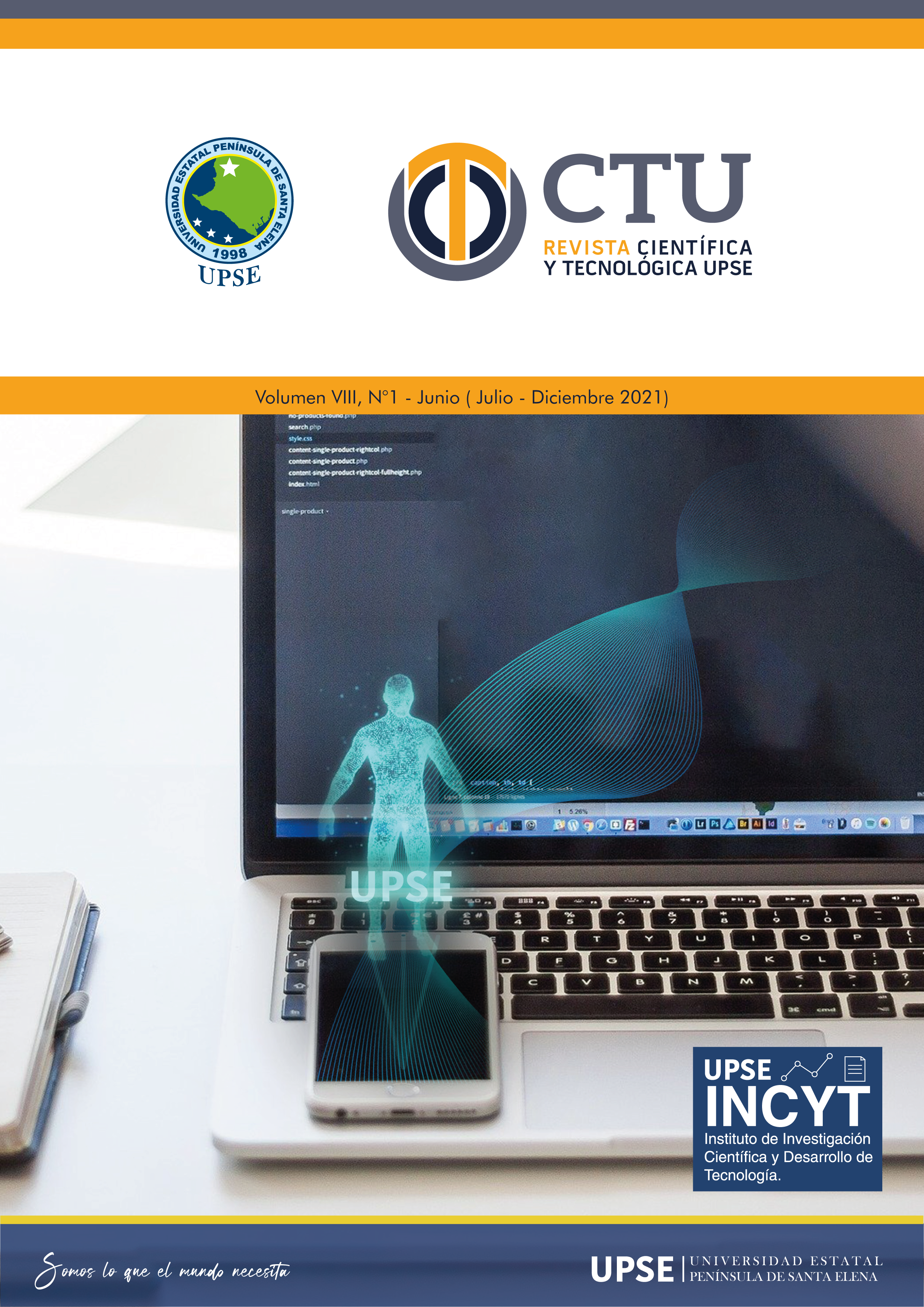Implementation of a wsn for georreferencing and generation of alerts of persons in zones without cellular coverage
DOI:
https://doi.org/10.26423/rctu.v8i1.556Keywords:
Technology and engineering sciences, telecommunications, wireless sensor network, GPS global positioning system, georeferencing, development cards.Abstract
The design and construction of a prototype of wireless communication for georeferencing and generation of alerts was made, which is composed of: Sensor Node, Router Node and Coordinating Node. The network was structured with the mesh type topology, which allows obtaining the information of georeferencing, speed, height obtained from the GPS and the alerts generated by the user. An application was developed in the Visual Studio Community package that allows the administrator to enter the information of the carriers to a database as well as the route automatically, showing it in a georeferenced map, the graphic interface allows the search of the stored information and its export. It was shown that the prototype implemented can cover 500m2 in mountainous terrain and 4500m2 in flat terrain with a reception power between -72.3 dBm and -75.9 dBm, showing a reception margin between 28.7 dB and 25.1 dB. The network has a capacity of 128 devices covering 213% of the current capacity required. The GPS device has a location error of ± 2.5 meters, a speed of ± 0.1 m / s and a height of ± 20 meters, demonstrating that the prototype does not include any error in the sensors. The energy autonomy is 16 hours covering 400% of the normal time of a visitor's journey. It is concluded that the implemented prototype can become a help tool to facilitate the location of people that require assistance within the Reserve, thus fulfilling the national security objectives.
Downloads
Downloads
Published
Issue
Section
License
El titular de los derechos de autor de la obra, otorga derechos de uso a los lectores mediante la licencia Creative Commons Atribución-NoComercial-CompartirIgual 4.0 Internacional. Esto permite el acceso gratuito inmediato a la obra y permite a cualquier usuario leer, descargar, copiar, distribuir, imprimir, buscar o vincular a los textos completos de los artículos, rastrearlos para su indexación, pasarlos como datos al software o usarlos para cualquier otro propósito legal.
Cuando la obra es aprobada y aceptada para su publicación, los autores conservan los derechos de autor sin restricciones, cediendo únicamente los derechos de reproducción, distribución para su explotación en formato de papel, así como en cualquier otro soporte magnético, óptico y digital.












